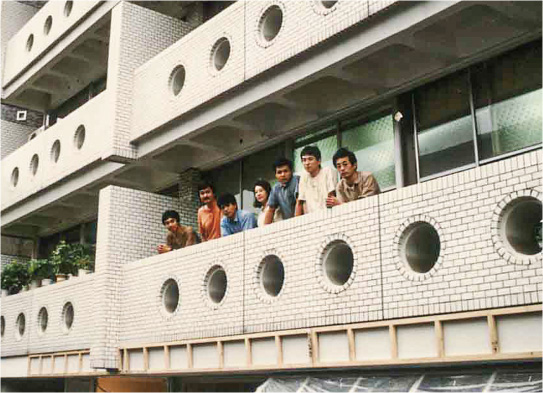When I was working at a design studio in Tokyo, I was suddenly told one day that we were going to an interview in Iwata. We met with members of Yamaha Motor’s top management at the time. I had just turned 30. I remember being served tea and listening to the small talk and joking going around the room, and I remember thinking to myself what a laid-back style the company seemed to have. Then I was told, “Alright, Yamaha will provide the funds, so set up a design studio.” They even prepared offices for us in the Harajuku Central Apartments in Tokyo. That was how YAC began.

On the other hand, in spite of all these preparations they did for us, I wasn’t given any specific directions or orders from Yamaha. About the only thing I remember being told is that they wanted to “create something completely new.” So they evaluated us, made the investment and then left the rest up to us... You can see entrepreneur Genichi Kawakami’s management style in that, but I think those at Yamaha’s top management saw that there are some things that could only be created in that way. That was really an amazing thing.
That’s why—even after we became ELM Design—we never changed our policy of devoting 50% of our work to products and 50% to concept design projects. If concept design was neglected, Yamaha would lose its unique style as a company. I believed that Yamaha’s growth depended on concept design and I think that’s still true today.
For whom does a company exist? Some say it’s the stockholders, but I’ve always thought that a company exists for society and its people. Companies are there to make the lives of people in society more fun-filled, more convenient and more beautiful. And that’s where Yamaha products and Yamaha Motor Design come into play.
Working together with colleagues to create and launch new products like the Passol and PAS that are then lauded by society and subsequently spread; envisioning new kinds of vehicles and the new lifestyles people can lead with them as you’re drawing design sketches; and then walking the streets and seeing with your own eyes that your vision has become a reality. I believe that is the greatest appeal and reward of being a designer. “I want to create something completely new.” I think always seeking to do that is part of the unique style of Yamaha.



